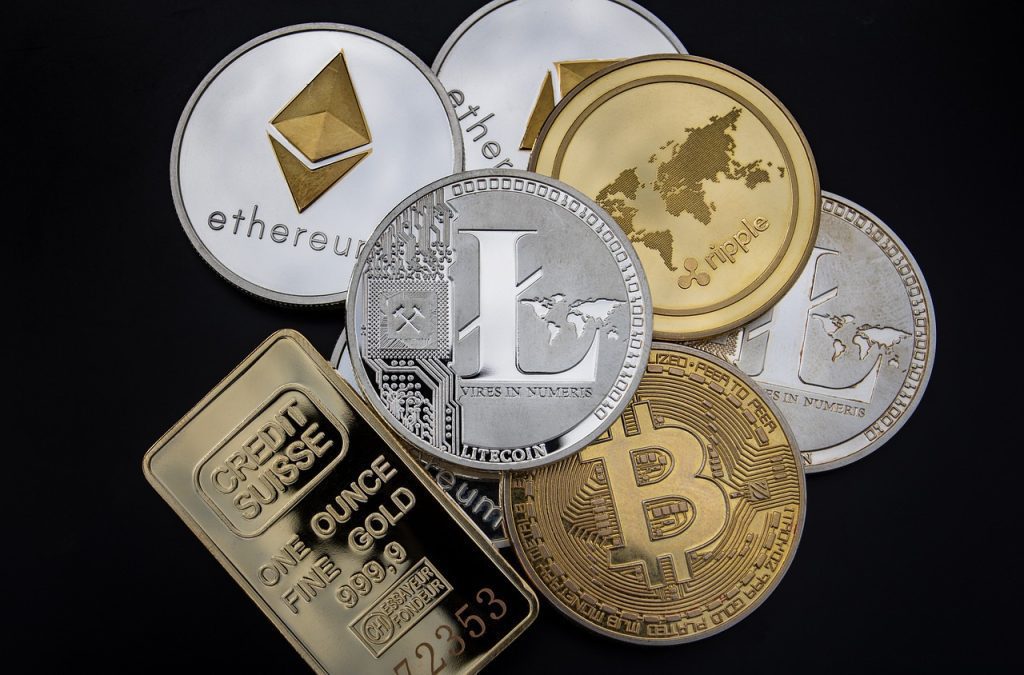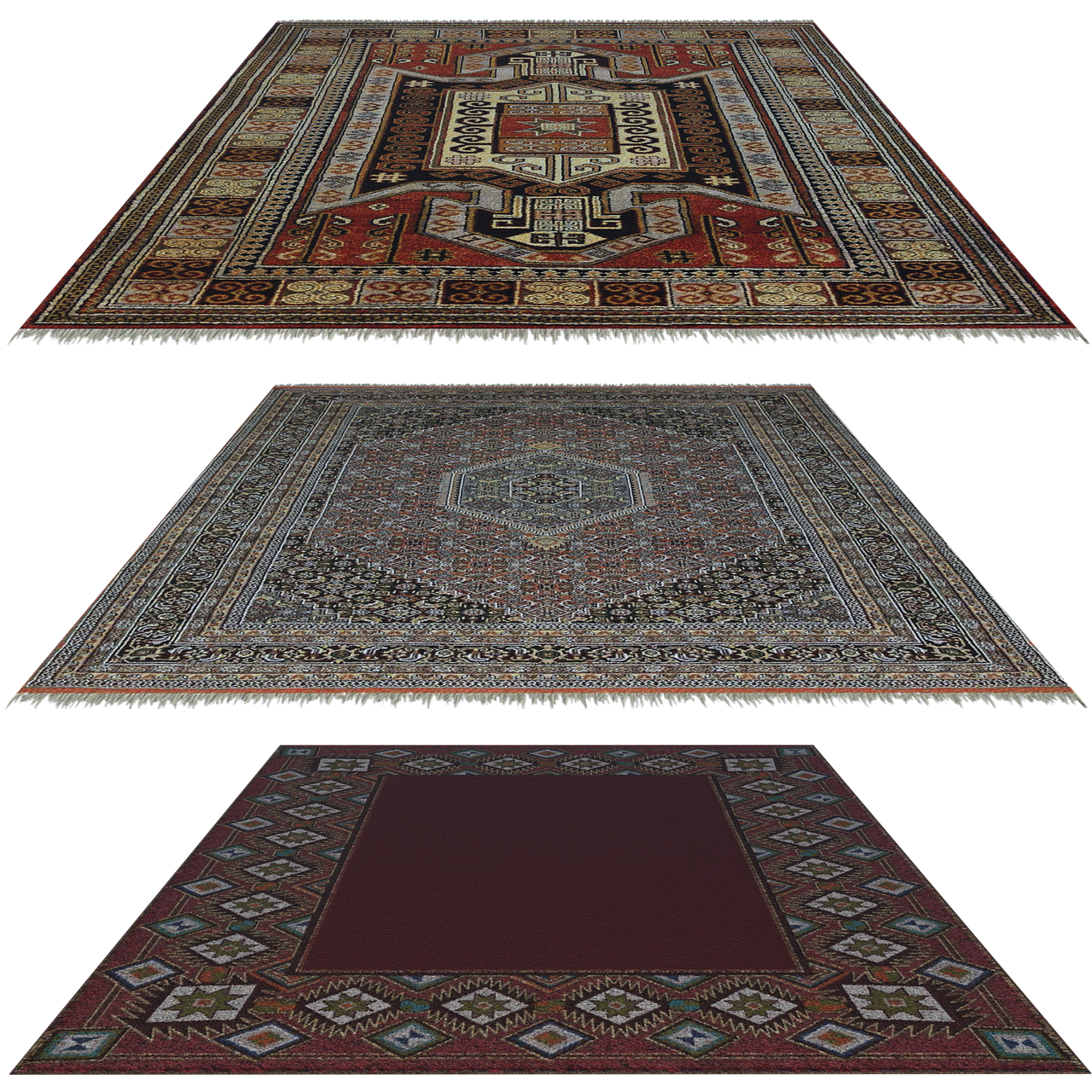Cryptocurrency Scams Known As “Rug Pulls” Increased In 2022
The Year Of The Scam Token
Before we get into rug pulls, let’s consider this; according to a report from blockchain risk monitoring firm Solidus Labs, fraudsters have deployed over 117,000 scam tokens from January to December 2022, a 41% increase from the previous year. The report also found that a significant portion of Ethereum and BNB Chain tokens are programmed to execute “rug pulls,” a scheme in which a token is created, funded, and then the liquidity is removed after an initial rush of buyers.
Many of the scammers behind these tokens use crypto-to-fiat exchanges to both seed their scams and launder the proceeds. The report estimates that almost 2 million investors have lost funds to rug pull scams since September 2020. The report notes that the majority of these scams have evaded detection under traditional approaches to scam identification, and highlights the need for improved consumer protection in the cryptocurrency market.
An Introduction To Rug Pulls
Cryptocurrency scams, known as “rug pulls,” have often gone undetected in the past. A “rug pull” involves creating a token, funding its liquidity pool, and then removing the liquidity after an initial rush of buyers. These scams are not typically counted on cryptocurrency pricing sites, which typically list around 20,000 digital assets. This is because not all tokens deployed on blockchains are listed on these sites, as they may not be verified.

How Are Scam Tokens Detected
According to data tracker CoinMarketCap, there are over 22,000 cryptocurrencies being tracked, but many existing tokens do not meet the site’s listing guidelines and are therefore featured as untracked or unverified listings. These include over 145,000 Ethereum ERC-20 tokens and 1.2 million BNB Chain BEP-20 tokens. Solidus Labs, a blockchain risk monitoring firm, uses a system of continuously scanning smart contracts as they are deployed on blockchains and flagging those that are programmed to scam users. This system was used to gather the data in the company’s recent report on cryptocurrency scams, also known as “rug pulls.”
A Closer Look Into Rug Pulls
According to a report, there are two types of cryptocurrency scams known as “rug pulls”: “hard rug pulls” and “soft rug pulls.” A “hard rug pull” is a token scam in which the scammer programs their token to steal from investors. A “soft rug pull,” also known as an exit scam, involves the scammer promoting their token through misleading marketing websites, fake partnerships, and bots to manufacture trading activity in order to steal from investors. These scams, also called “rug pulls,” have become increasingly common and have gone largely undetected in the past. They reveal “significant gaps in consumer protection, anti-money laundering, and crypto market integrity,” according to a report from Solidus Labs, a blockchain risk monitoring firm.
According to Solidus Labs, a blockchain risk monitoring firm, the Squid Game token incident in 2021 demonstrated the combination of two types of cryptocurrency scams, known as “rug pulls.” The project acted as a “honeypot,” preventing buyers from reselling their tokens while also promoting the token through a marketing website, white paper, and promotional video. The hidden theft of these scams reveals “significant gaps in consumer protection, anti-money laundering, and crypto market integrity,” according to the report. Data from Comparitech also suggests that the number of rug pulls has increased to at least 262 this year, more than five times the number in 2021.
A Deep Dive Into Rug Pulls
Definition and explanation of rug pulls:
Rug pulls are a type of cryptocurrency scam that involves creating a token, funding its liquidity pool, and then removing the liquidity after an initial rush of buyers. The goal of a rug pull is to make a quick profit at the expense of unsuspecting investors. The perpetrators of rug pulls often promote the token through marketing campaigns and social media, creating hype and luring in investors with the promise of high returns. When the liquidity is removed, the value of the token plummets, causing investors to lose their money.
Comparison Of Rug Pulls To Ponzi Schemes And Exit Scams:
Like rug pulls, Ponzi schemes and exit scams involve the creation and promotion of a cryptocurrency or token with the goal of stealing from investors. Ponzi schemes operate by paying early investors with the money of later investors, creating the appearance of a successful and profitable venture. Eventually, the scheme collapses, and all investors, except for the perpetrators, lose their money. Exit scams, also known as “soft rug pulls,” involve promoting a token through misleading marketing campaigns and then disappearing with the funds raised from investors.
Prevalence of rug pulls:
The number of rug pulls has increased significantly in recent years, with a 41% increase in the number of scam tokens deployed from January to December 2022 compared to the full year of 2021, according to a report from blockchain risk monitoring firm Solidus Labs. The report also found that 8% of all Ethereum tokens and 12% of all BNB Chain tokens are programmed to execute rug pulls.
There are several factors contributing to the rise in rug pulls. One factor is the increasing popularity of decentralized finance (DeFi), which allows for the creation and trading of tokens on decentralized platforms. The lack of regulation in the cryptocurrency market also makes it easier for scammers to operate without detection. The hype and promise of high returns associated with many DeFi projects can also make them attractive targets for rug pulls.
Impact of rug pulls on investors:
Investors who fall victim to rug pulls can incur significant financial losses, as the value of the token plummets when the liquidity is removed. The exact amount of losses will depend on the size of the investment and the timing of the rug pull. Some investors may lose all of their investment, while others may only lose a portion.
In addition to the financial impact, rug pulls can also have a psychological and emotional impact on investors. Falling victim to a rug pull can be a traumatic experience, as it can involve feelings of betrayal and mistrust. Investors may feel duped by the promises made by the perpetrators of the rug pull and may struggle to come to terms with the loss of their money.
Recovering losses from these types of scams can also be challenging, as it can be difficult to track down the perpetrators and hold them accountable. In many cases, the perpetrators operate anonymously and use decentralized platforms, making it difficult to identify them and bring them to justice. In addition, the lack of legal protections and regulation in the cryptocurrency market can make it difficult for investors to seek recourse for their losses.
Prevention and protection against rug pulls.
There are several steps that investors can take to avoid falling victim to rug pulls. Some tips and best practices include:
Research the token and the team behind it:
Investors should thoroughly research the token and the team behind it before making an investment. This can involve looking into the background and track record of the team, reading reviews and reviews, and verifying any claims made about the token.
Be wary of hype and overly-promising returns:
If a token or project seems too good to be true, it probably is. Investors should be wary of hype and overly-promising returns, as these can be signs of a scam.
Use reputable exchanges and wallets:
Investors should use reputable exchanges and wallets to store their cryptocurrencies, as these can provide additional security and protections against fraud.
Stay informed and seek advice:
Investors should stay informed about the latest developments in the cryptocurrency market and seek advice from trusted sources if they have any doubts or concerns about a particular token or investment.
Community-driven initiatives, such as scam lists and social media groups, can also play a role in raising awareness about rug pulls and helping investors protect themselves. These resources can provide information about known scams and help investors avoid falling victim to rug pulls.
Regulatory bodies and exchanges can also play a role in preventing scams and providing investor protections. For example, exchanges can implement stricter listing guidelines to prevent scams from being listed, and regulatory bodies can work to create policies and regulations that protect investors from fraudulent activity.
Future of rug pulls:
It is difficult to predict the future of rug pulls with certainty, as it will depend on a variety of factors. However, some potential trends and developments include:
Continued evolution of the DeFi space:
As the DeFi space continues to evolve, it is likely that rug pulls will continue to be a risk for investors. The decentralized nature of DeFi platforms and the lack of regulation make it easier for scammers to operate undetected, and the hype and promise of high returns associated with many DeFi projects can make them attractive targets for rug pulls.
Potential for increased regulation:
Increased regulation of the cryptocurrency market could potentially reduce the prevalence of scams. For example, regulatory bodies could implement stricter policies and regulations to protect investors from fraudulent activity.
New technologies:
New technologies, such as decentralized exchanges and smart contracts, could potentially reduce the prevalence of rug pulls. Decentralized exchanges, which are run on a blockchain and do not have a central authority, could make it more difficult for scammers to operate. Smart contracts, which are self-executing contracts with the terms of the agreement between buyer and seller being directly written into lines of code, could also potentially reduce the risk of rug pulls by automating the execution of agreements.
Role of the cryptocurrency community:
The cryptocurrency community has the potential to shape the future of this type of scam by promoting education and awareness about the risks of investing in untested or unverified tokens. This can involve creating resources and initiatives to help investors make informed decisions, such as scam lists.
Top 3 Rug Pulls
(This section was sourced from Coinscreed.com)
OneCoin (Over $4 B)
Ruja Ignatov and other project members were involved in the OneCoin scam. Ignatova, dubbed the “Cryptoqueen,” announced OneCoin in June 2016

Thodex (Over $2 B)
Thodex, a Turkish crypto exchange went missing in April 2021 with investors’ funds worth over $2 billion.

AnubisDAO ($60 M)
AnubisDAO, a fork of OlympusDAO, was released on October 28, 2021. OlympusDAO is a decentralized financial currency that is backed by bond sales and fees from liquidity providers. Roughly $60 million was invested in the ICO, which would reward them with ANKH tokens. When the sale reached 20 hours, someone moved all of the pool’s liquidity to a new wallet.

